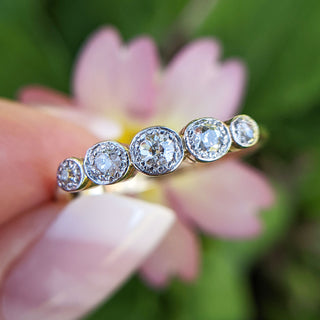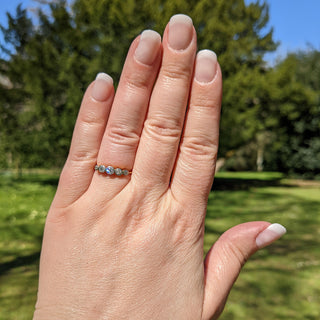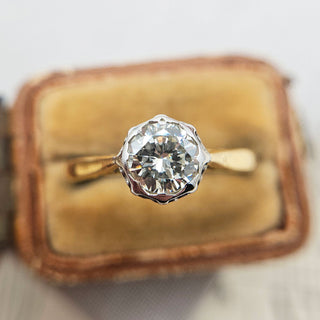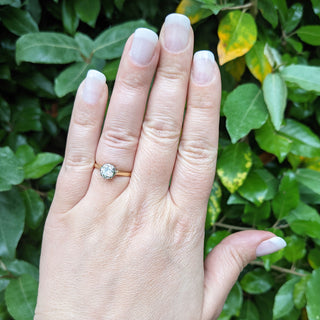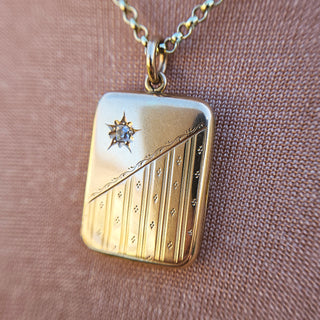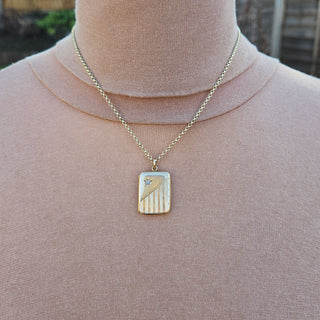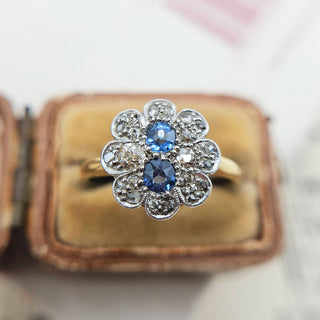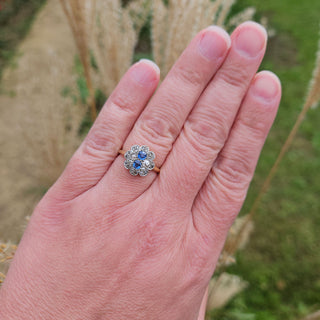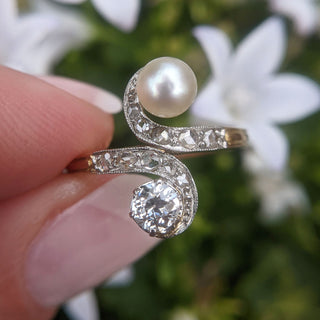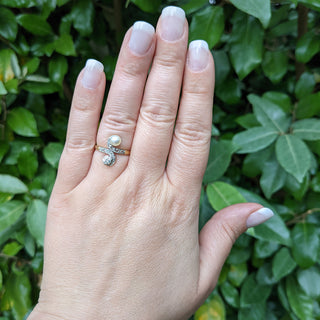About Diamond
Diamond belongs to the native elements mineral category, comprised almost entirely of carbon. Diamonds have a unique carbon arrangement in a crystal lattice, contributing to their exceptional hardness. Unlike graphite - another form of pure carbon with a layered structure - diamonds are formed under extreme pressure and temperature, leading to a three-dimensional carbon network that is incredibly strong and durable. It is also this differing carbon structure that makes graphite opaque, and diamonds transparent and incredibly adept at handling the light that flows through them.
Colours: While traditionally known for their clear, colorless appearance, diamonds can come in a variety of colors, including yellow, pink, blue,and even black. These colors are due to impurities or structural anomalies within the crystal.
Hardness/Durability: Ranking at 10 on the Mohs scale, diamonds are the hardest known natural material, making them highly resistant to scratches and abrasions. However, it is not impossible to break a diamond, so please take care when wearing them, especially valuable stones!
Common Inclusions: Inclusions in diamonds can include internal flaws like crystals, clouds, and feathers, or external blemishes such as scratches and nicks. These inclusions can affect a diamond's clarity, one of the key factors in determining its value.
Lustre: Diamonds possess a high level of lustre, typically described as adamantine, which contributes to their bright appearance and appeal.
Sparkle: Diamonds have a high refractive index and a steep critical angle, which, when cut precisely as a round brilliant cut stone, results in a peerless brilliance and cintillation. This play of light is not only captivating but also contributes to their aesthetic value and desirability.
Locations/Deposits/Geology Major diamond deposits are found in countries like Botswana, Russia, Canada, Australia, and South Africa. These gems are usually formed in the Earth's mantle and brought to the surface through volcanic eruptions, often found in volcanic pipes or alluvial deposits. The diamonds unearthed today were formed approximately 1 to 3.5 billion years ago, a testament to their ancient and enduring nature.
Value: The value of diamonds is assessed based on the "Four Cs": Cut, Color, Clarity, and Carat Weight. Flawless, colorless, and well-cut large diamonds are among the most valuable and sought-after.
Synthetic Diamonds: Synthetic diamonds are created in laboratories using methods like High Pressure High Temperature (HPHT) and Chemical Vapor Deposition (CVD). These lab-grown diamonds have the same chemical and physical properties as natural diamonds, though they cannot command the same value as their natural counterparts and must be disclosed.
Birthstones & Meanings: Diamond is the birthstone for April, symbolising enduring love and strength. Throughout history, diamonds have been associated with invincibility, resilience, and purity. They are also believed to bring courage and strength to their wearers.

